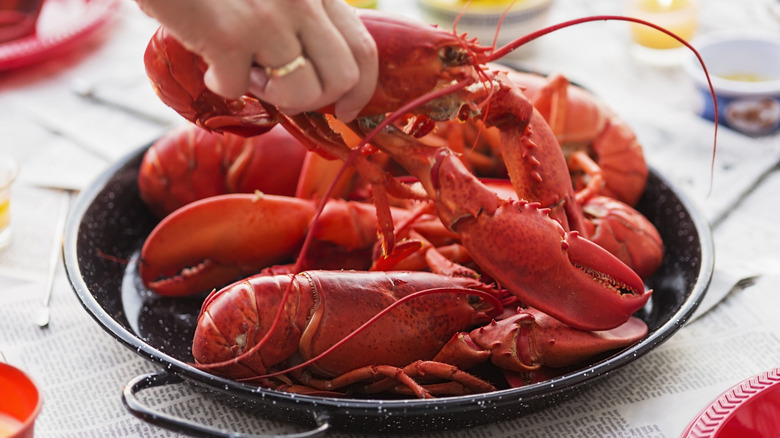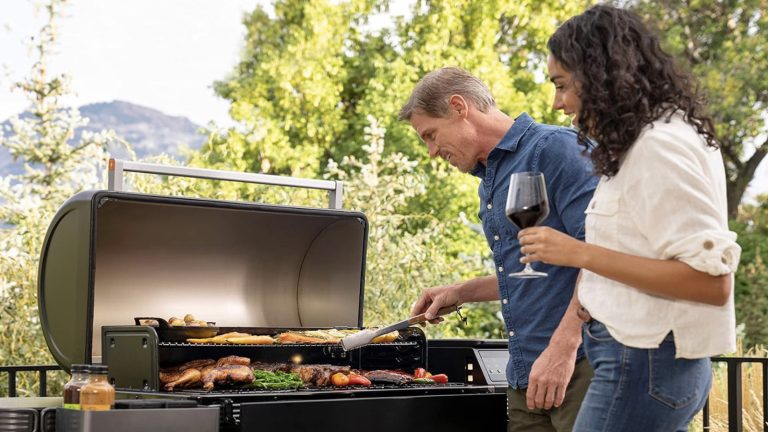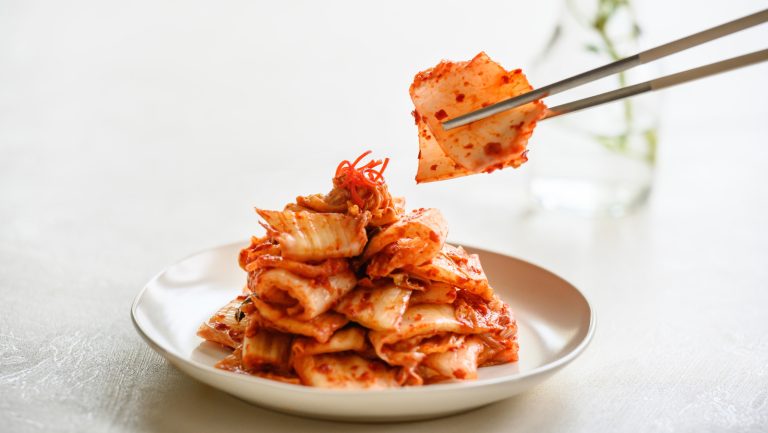We may receive a commission on purchases made from links.
Lobster, when properly cooked, should be melt-in-your-mouth tender. While overcooking leads to tough, chewy meat, undercooking can pose serious health risks. When cooking lobster, watch out for a few can’t-miss signs that it’s undercooked, including shell color, meat color, and internal temperature.
Eating undercooked lobster could expose you to a number of bacterium types, such as vibrio, which are harmful bacteria naturally found in oceans. While vibrio can enter your body through an open wound, it’s also commonly transmitted through undercooked shellfish and crustaceans. Consuming vibrio bacteria can lead to uncomfortable symptoms such as diarrhea, nausea, vomiting, and fever. To stay safe, your lobster should always be cooked to an internal temperature of 135 to 140 degrees Fahrenheit. There are a handful of ways to cook cold- and warm-water lobsters, but the temperature rules remain the same. The easiest way to measure this is by using a digital thermometer such as the Awlkim instant-read thermometer; if you don’t have one, a visual inspection is your best bet for accurate doneness.
Check the lobster’s meat and shell color
Uncooked lobster shells are generally brown, but they can sometimes have spots or a smearing of other greyish-brown colors mixed in. Once the shells hit the heat, a reaction with the shell’s proteins takes place to cause the lobster’s exterior to turn red. Cooked lobster shells should always be bright red; if they’re still brown or grey, then the lobster is not fully cooked.
The lobster meat offers clues, too: It should be white, but it often has a translucent hue when it’s undercooked, and the exterior should be red or orange-colored when fully cooked. If you break the underside of the lobster tail to check its meat, you can easily see if it’s white and opaque or still translucent; put the lobster back on the heat until its meat is fully white. You might run into a recipe that calls for you to parboil the lobsters, which means boiling them for a small amount of time to allow for easy shell removal. This method does not fully cook the meat and should be combined with another cooking method for safe consumption. If you want to avoid waste, then save those lobster shells — they come in handy for seafood stock.






